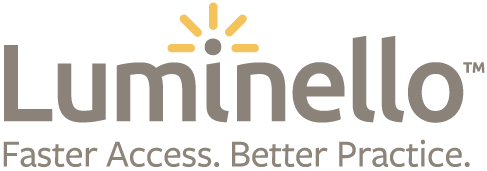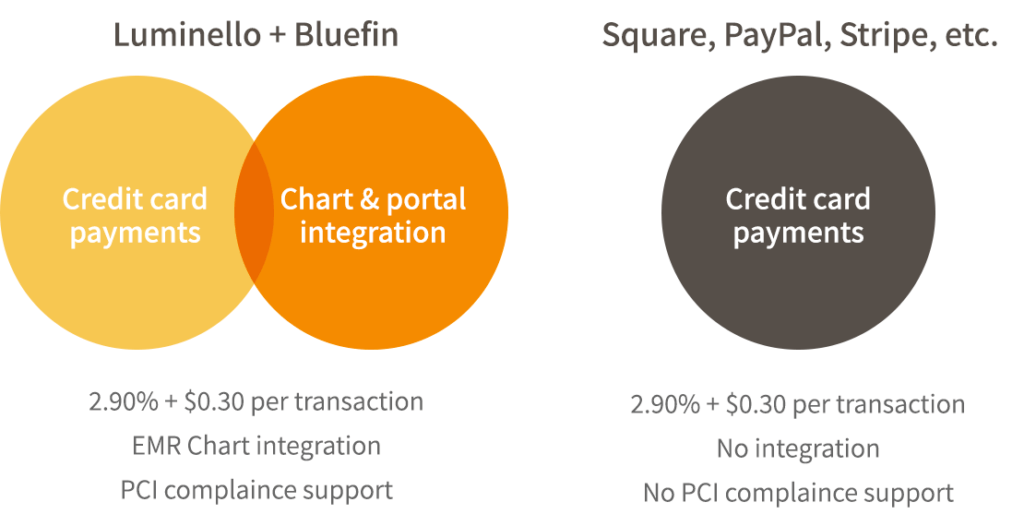What is BIRP?
BIRP is an acronym for Behavior, Intervention, Response, and Plan—titlesused to help clinicians organize their notes into these four specific sections. BIRP notes are a template mental health providers can use that assists them in distilling the most relevant parts of the session into a concise format.
Benefits of BIRP
Ease
In my experience, not many mental health professionals enjoy the process of case documentation. However, we know that having documentation of the services we provide to our clients is an essential part of our job. Using a progress note template, such as BIRP can simplify the documentation process. This can equate to less time spent documenting and more time spent giving direct care to clients.
Collaboration
Continuation of care and collaboration with other providers within a client’s care team is good practice. However, as busy professionals, we do not always have the time or patience to decipher lengthy notes from other providers. Using a well-known and easily read format such as BIRP is a simplified way to convey clinical information.
Insurance Reimbursement
If you are accepting health insurance, you often need to provide evidence of what you provided and why it was medically necessary. BIRP allows for precision in identifying how your expertise, interventions, and reimbursements are justified.
B: Behavior
The behavior section of the BIRP note is used to convey the client’s current presenting concern, as well as your observations about the client during the session. These observations are often put into two categories: Subjective and Objective Observations.
- Subjective observations are anything clinically relevant that cannot be directly observed or confirmed but is a part of the client’s perspective. This includes their reported thoughts, feelings, attitudes, or opinions. Subjective observations can be written as a direct quote from the client.
Example: The client reports, “I wake up most mornings and think about what a failure I am. All day I notice ways in which I am letting everyone down. It is exhausting.”
- Objective observations are your observations as a clinician about the client’s presentation in the session. This can include physical appearance, perceived emotional state, or attitude toward treatment.
Example: During today’s session, the client appears fatigued and in a depressed mood as demonstrated by self-report and the client’s physical appearance being drawn.
I: Intervention
This is the section where you demonstrate what you did as a provider to assist the client in their goal of becoming well. This section requires some detail of specific interventions you utilized and your rationale for utilizing them.
Depending on your clinical orientation and client presentation, interventions can vary widely. However, the intervention section is that of action, and utilizing action-oriented words is a helpful writing tool. Some examples include:
- Assisted
- Reinforced
- Referred
- Modeled
- Validated
- Directed
- Taught
- Provided
Example: The clinician validated the exhausting nature of depressive thoughts and provided psycho-education on depression and the role cognitions play. Clinician taught client about ‘thought traps’ identification and thought journaling.
R: Response
This is where you will detail the client’s response to your interventions. Questions to ask yourself when writing this section include:
What was the client’s attitude toward your interventions?
Did they have questions or report any confusion about what was said or done?
Did they seem motivated or excited about the intervention?
Was there any immediate change in client’s presentation due to intervention?
Is client willing, outside of session, to utilize skills/mindset taught?
This is another section where direct quotes from the client can be useful.
Example: Client reported some relief in beginning the therapeutic journey and reported resonance with CBT, “It feels good to talk about this stuff finally. What you said about thoughts makes sense. I notice I feel the worst when I keep telling myself I am failing.” Client appeared more hopeful and energetic as compared to the outset of the session.
P: Plan
This section focuses on what was learned from this session and how to structure the next. This planning should take into account both long-term and short-term plans.
Short-term plans to note include when you plan to next meet with client and any homework you have assigned them in between sessions. You may also review your next intended step in intervention.
Example: Client is scheduled to meet with writer in one week. Client will begin recording cognitions in a thought journal daily. The next session will focus on further CBT psycho-education and reality-testing thoughts.
Long-term plans:
We know in this field that things do not always go to plan. If something has rapidly changed in your client’s presentation or situation, you may need to respond by shifting the current treatment objective.
Example: Treatment objective has changed due to the client’s loss—the sudden death of a family member. Next session will focus on grief counseling and emotional regulation.


